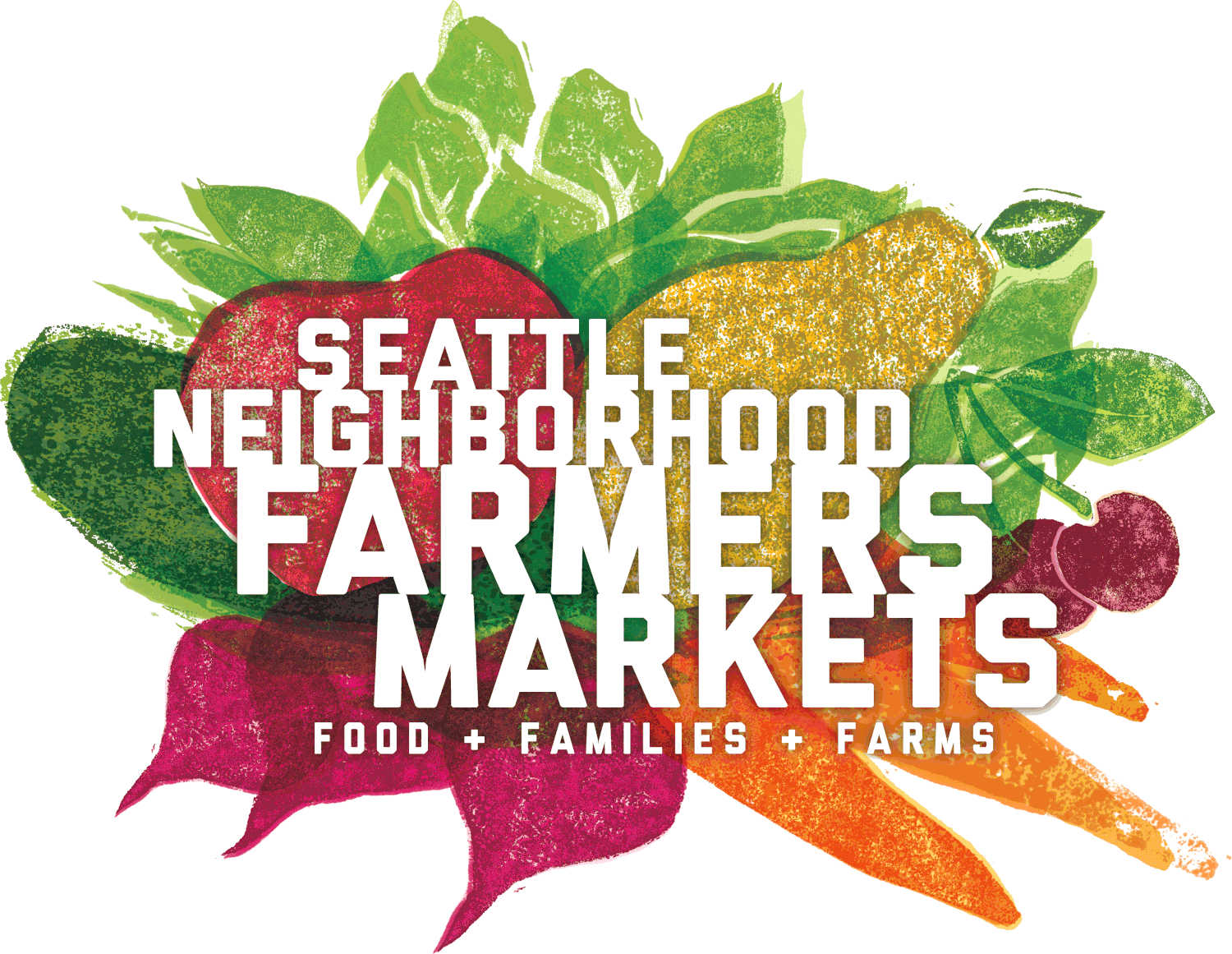Featured Ingredient: Hardy Kiwi
Hardy kiwis ripen at Broken Shovel Kiwi Farm. This variety is called “Anna.”
There is something pretty adorable about hardy kiwis. It may have to do with their size, roughly a quarter of their more popular cousin the kiwifruit, or maybe it’s the scrappiness of their name. They may be small, but they sure are hardy. Hardy kiwis are certainly a berry to root for. Though the plant thrives in Pacific North West conditions, very little is known about its varieties and few people have even heard of it. If you ask hardy kiwi enthusiasts and growers, it’s time they entered the mainstream.
Hardy kiwis are so new to consumers that the industry hasn’t settled on a name for them. Depending on where you are in the U.S., they go by kiwi berry, baby kiwi or kiwi grape. If we had a seat at the marketing table we’d vote hardy kiwi, though kiwi berry is the most botanically accurate. Hardy kiwis and kiwifruit for that matter are true berries, with seeds stored within a soft pulp. They are members of the Actinidiaceae family and are a bit of a black sheep. Most members of this family thrive in tropical climates close to the equator, but hardy kiwis prefer temperate conditions, and are able to survive cold conditions as low as -25°F. Hardy indeed.
It is thought that hardy kiwis are native to China, Korea, Siberia and possibly Japan, though in an ironic twist of fate, the majority of hardy kiwis grown in the U.S. are exported to Asia, with the largest domestic production taking place in Oregon. Hardy kiwis grow on a vine, and in their native habitats can climb up 100 foot conifers to spread across forest canopies. Cultivated hardy kiwis are much more tame, happy to be trellised and pruned, though unchecked there is potential for plants to invade local ecosystems.
For all their scrappiness, hardy kiwis are delicate and floral in flavor, with tender skin that makes the berry easy to enjoy by the handful. It’s amazing to think this special plant was first prized for its aesthetics by American horticulturalists in 1877, its delicious berries not even considered for another century.
Thank goodness we know better these days! Broken Shovel Kiwi Farm graces farmers markets with several varieties of hardy kiwis each October, when the little berries have reached perfect ripeness. With such a short season, be sure you don’t miss the chance to try hardy kiwis for yourself!

